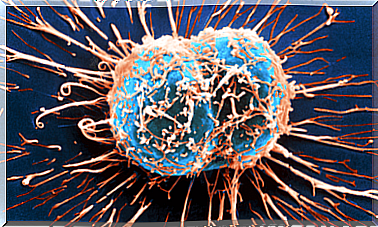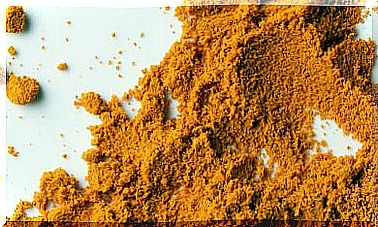Things To Know About Breast Cancer Screenings
Breast cancer is one of the most common diseases of the 21st century. Its timely diagnosis can save lives. Find out which examination methods are used most often.
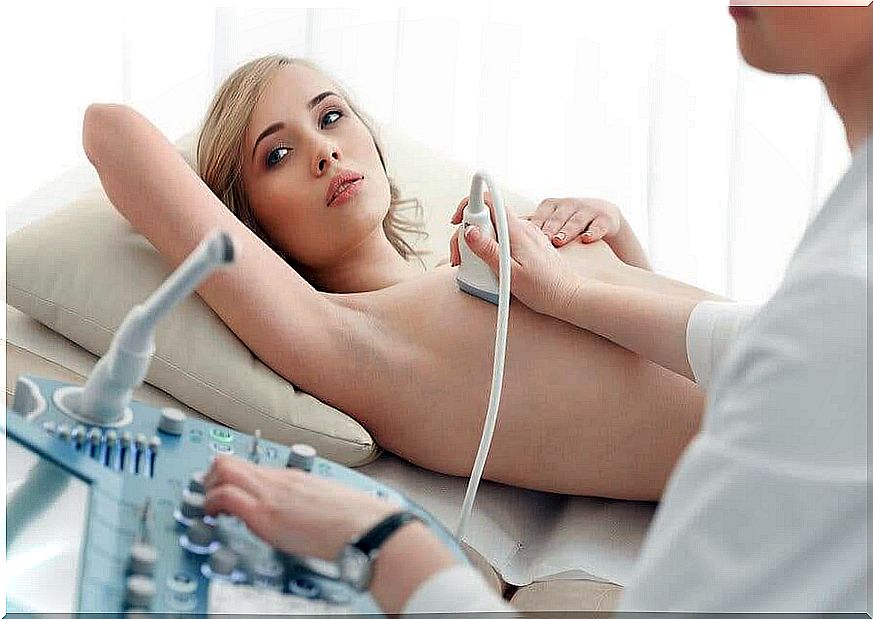
Why is breast cancer screenings important at all? First of all, it should be remembered that the World Cancer Observatory (GLOBOCAN) recorded a total of more than 2 million new breast cancer cases worldwide by 2018.
In the same year , GLOBOCAN even registered more than 600,000 deaths from breast cancer. Breast cancer is therefore in second place for new cancer cases and 6th place for deaths from cancer.
Breast cancer screenings vary and play a crucial role in disease prognosis. In particular, they should serve to detect tumor diseases at an early stage and with the lowest possible health risk.
Breast cancer screenings
Information from the National Cancer Institute shows that breast cancer screenings are primarily done in women who have a family history or certain risk factors. Below we list the most common of them.
Mammography
Mammography is diagnostic imaging that uses X-rays to identify changes in breast tissue caused by cancer. Women undergo this examination for the early detection of affected areas, which can often be related to malignant changes in cancer.
It is recommended that women between the ages of 30 and 35 undergo a first mammogram, and do so every year from the age of 45. However, the mammography itself is perceived as uncomfortable.
However, it only lasts a few minutes and the symptoms disappear quickly. In addition, it is only a small price to pay for the early detection and treatment of a disease such as cancer.
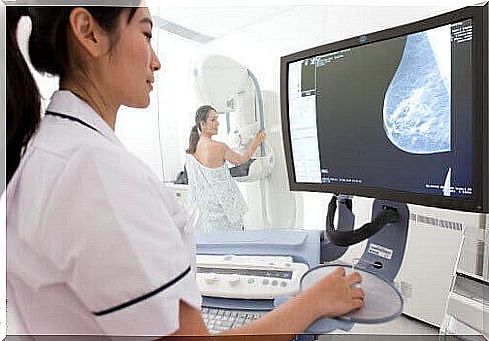
Sonography
Sonography is diagnostic imaging that uses sound waves to visualize changes in breast tissue. It is very useful for discovering palpable areas that are not visible during mammography.
This diagnostic imaging is very useful to guide doctors during a biopsy. A biopsy is done to take cells from the affected area and find out if cancer is present. A sonography is completely painless and only takes a few minutes.
Breast biopsy
The term breast biopsy encompasses a group of procedures, all of which are designed to remove tissue from the affected breast. This tissue will later be subjected to further cancer detection tests.
When we talk about a breast biopsy, we mean either a needle biopsy or a surgical biopsy. During the needle biopsy, the doctor uses a hollow needle to remove parts of the tissue that is suspected of being cancerous. In the surgical procedure, however, the doctor removes part or all of the tissue from the affected breast.
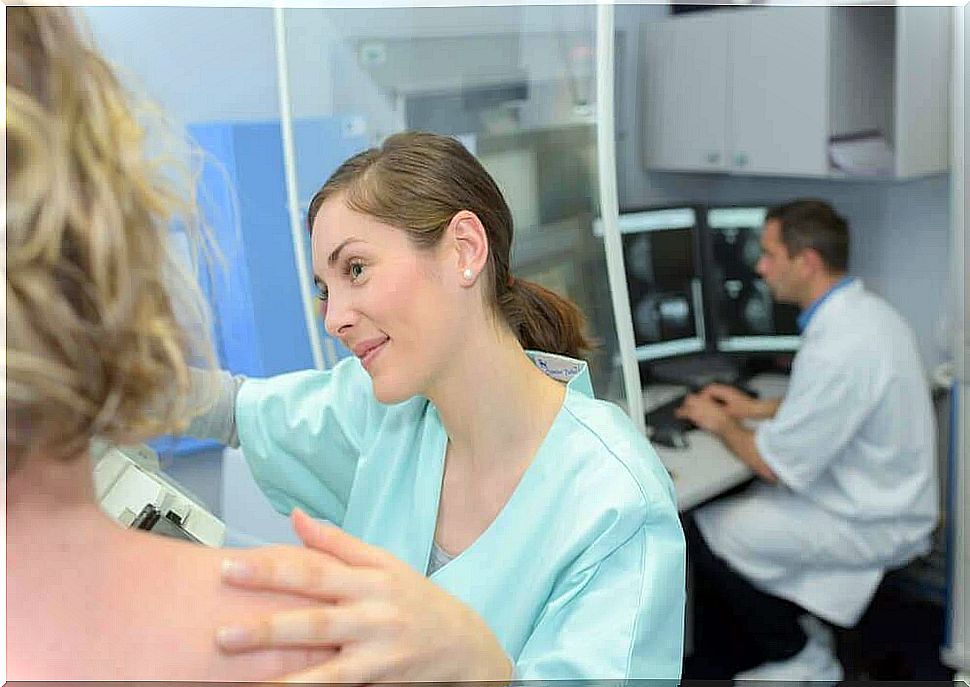
Magnetic resonance imaging (MRI)
Magnetic resonance imaging uses radio waves and strong magnets to produce very detailed images of breast tissue. It takes pictures from many different perspectives and creates images of soft tissues in the body that are sometimes difficult to see with other imaging modalities.
It is therefore a supplementary examination to mammography and sonography and is used in certain cases for a more detailed examination of the tissue. The reason for this is the high cost and the increased risk of incorrect diagnoses of the affected areas. An MRI is completely painless and does not emit any radiation to the body.
What Should We Know About Breast Cancer Screening?
In summary, it can be said that various studies exist for the early detection of breast cancer. Of these, the most common method is mammography, which uses X-rays to detect changes in breast tissue. It is therefore recommended that a mammogram be performed every year from the age of 45.
